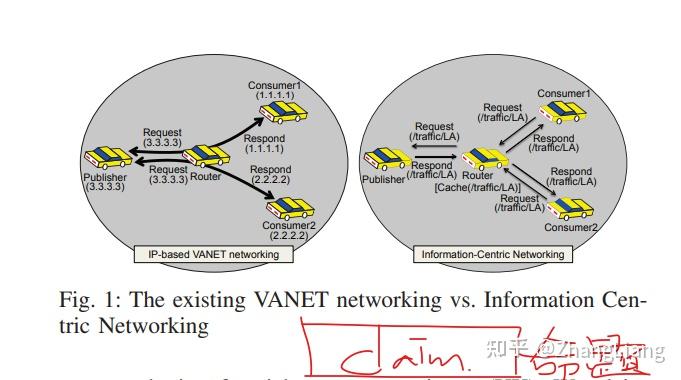|
The internet has become an indispensable part of our daily lives, transforming how we communicate, work, and access information. In recent years, there have been significant advancements in internet connectivity, aimed at bridging the digital divide and ensuring that everyone can reap the benefits of a connected world. One of the key developments in internet connectivity is the expansion of broadband networks. Broadband refers to high-speed internet access that enables faster data transmission compared to traditional dial-up connections. Governments, private companies, and international organizations have invested heavily in building and upgrading broadband infrastructure to extend coverage to underserved areas. Fiber optic cables have played a crucial role in improving internet connectivity. These cables use pulses of light to transmit data over long distances, providing fast and reliable internet access. Fiber optic networks have significantly increased bandwidth capacity, enabling seamless video streaming, online gaming, and other data-intensive activities. Wireless technologies have also contributed to enhancing internet connectivity. The widespread adoption of smartphones and tablets has driven the demand for wireless networks. Cellular networks, such as 4G and now 5G, deliver high-speed internet access to mobile devices, allowing people to stay connected on the go. Additionally, Wi-Fi technology has revolutionized home and public internet access, providing convenient connectivity without the need for physical cables. Satellite internet has emerged as a game-changer for remote and rural areas where laying fiber optic cables or establishing wired infrastructure is not feasible. Satellites in geostationary orbit can beam internet signals to ground-based receivers, offering internet access to even the most remote corners of the globe. While satellite internet has traditionally suffered from latency issues, newer satellite constellations, such as Starlink, aim to overcome these limitations and provide low-latency, high-speed internet access worldwide. Another critical aspect of bridging the digital divide is affordability. Internet service providers and governments have implemented various initiatives to make internet access more affordable, particularly for low-income individuals and underserved communities. These efforts include subsidized internet plans, community networks, and public Wi-Fi hotspots in rural and urban areas. The ongoing development of Internet of Things (IoT) devices is driving the need for ubiquitous connectivity. IoT devices, ranging from smart home appliances to industrial sensors, rely on internet connectivity to transmit and receive data. As a result, the demand for reliable and widespread internet access continues to grow, pushing technology innovators to explore new ways of expanding connectivity. However, despite these advancements, challenges remain in achieving universal internet connectivity. Remote regions, particularly in developing countries, still face connectivity gaps due to geographical barriers, lack of infrastructure, and limited resources. Additionally, issues such as net neutrality, privacy, and cybersecurity need to be addressed to ensure a fair and secure online environment for all users. In conclusion, the evolution of internet connectivity has made significant strides in bridging the digital divide. Broadband networks, fiber optic cables, wireless technologies, satellite internet, and affordability initiatives have expanded access to previously underserved populations. However, there is still work to be done to achieve universal connectivity and address the remaining challenges. By continuing to invest in infrastructure, fostering innovation, and prioritizing inclusivity, we can create a future where everyone has equal opportunities to harness the power of the internet.  |
